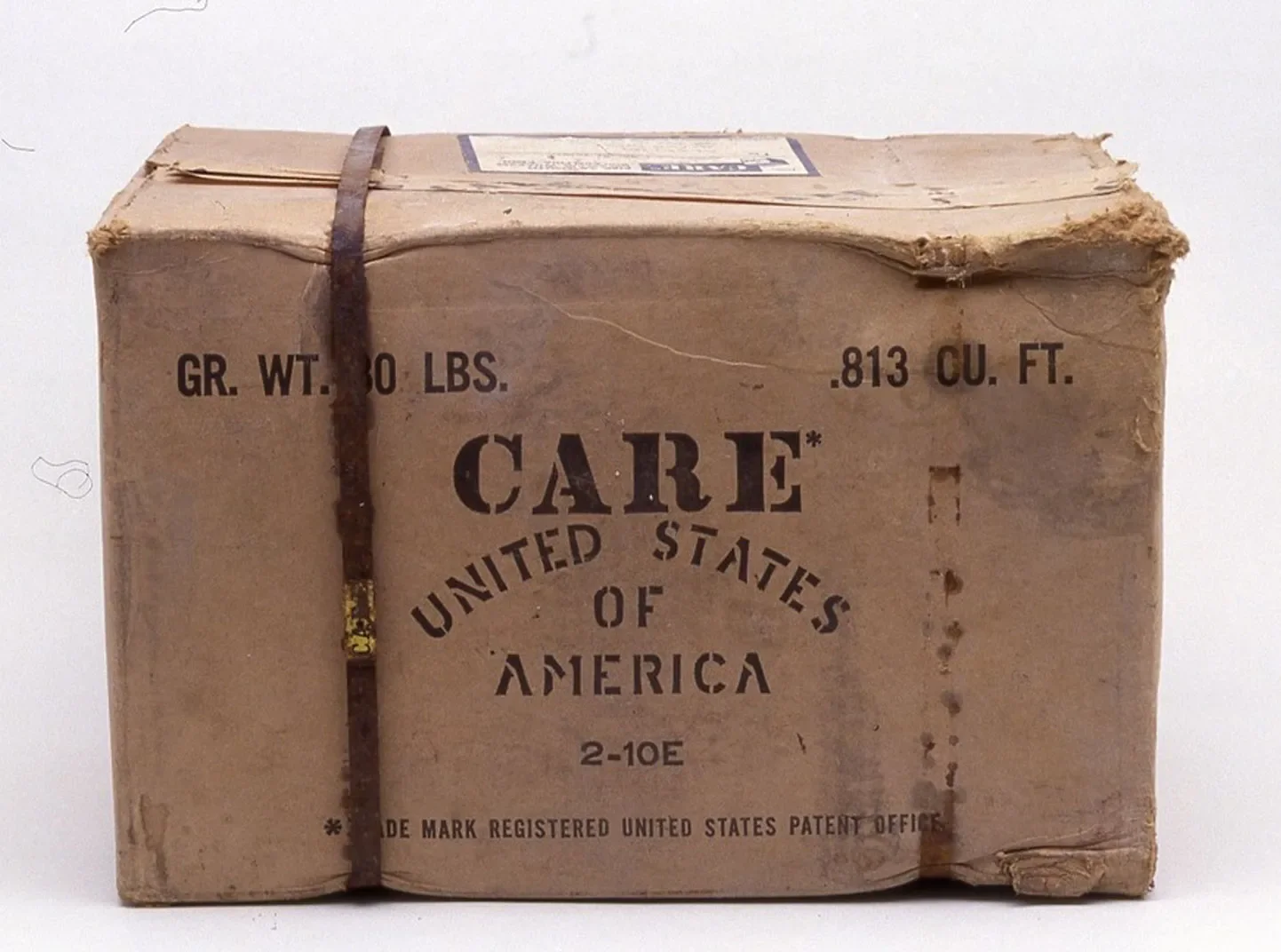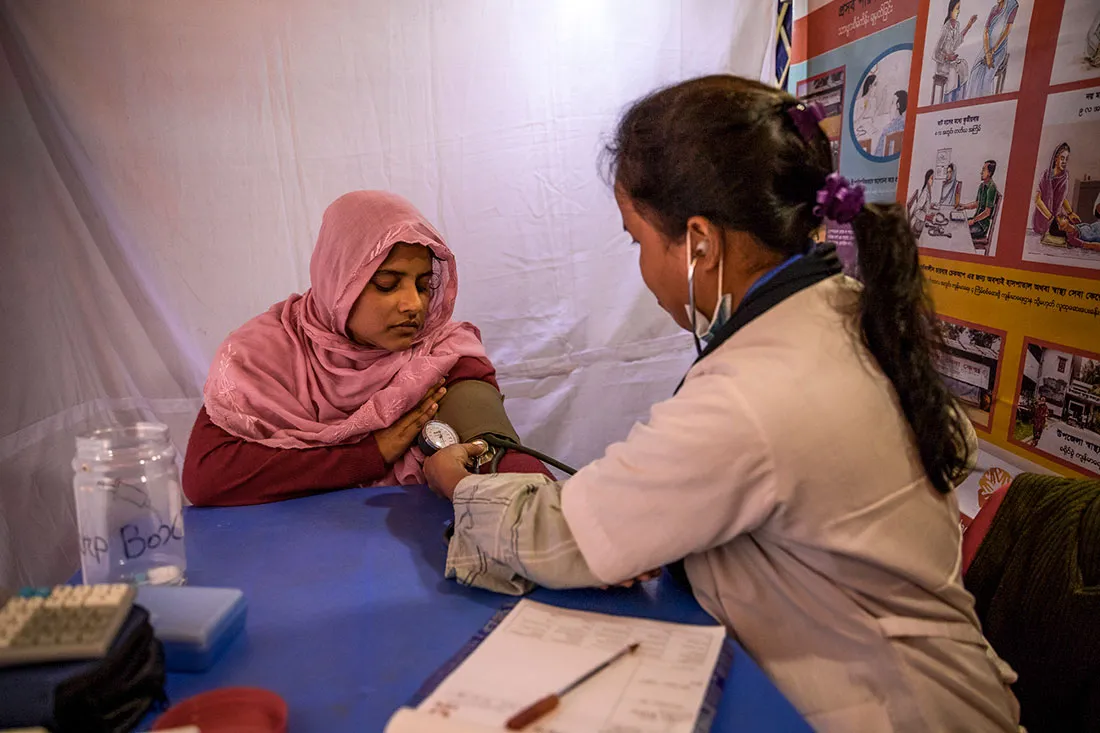Natural disasters, armed conflict and political unrest increase women’s and girls’ vulnerability. Crisis makes it harder to access maternal health services even as the need for them becomes more urgent. In these settings, CARE works with local partners and governments to deliver life-saving interventions. CARE takes steps to strengthen the existing health system where possible so the system can respond to future shocks.
CARE aims to deliver agile, rights-based, people-centered, gender-sensitive emergency programming that meets the needs of all people, particularly women and girls.

